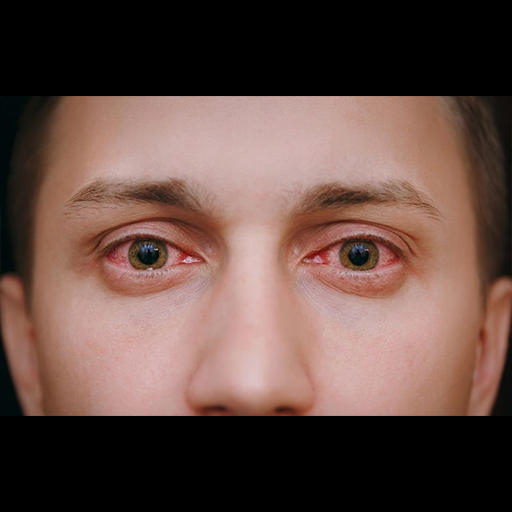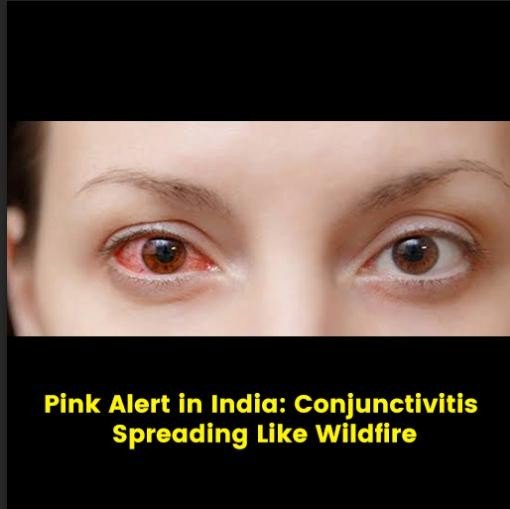Pink eye, commonly known as conjunctivitis, is a common eye disease defined by conjunctival inflammation, the transparent tissue lining the inside surface of the eyelids and the outer coating of the eye. Various factors, such as viruses, bacteria, allergens, and other irritants, can cause this condition.
This article will delve deeper into the causes, symptoms, and possible treatments for pink eye. The medical name for pink eye is conjunctivitis. You can get pink eye in one or both eyes.
Causes of Pink Eye:
Viruses: Pink eye caused by viruses is highly contagious and spreads through direct contact with infected individuals or objects.
Bacteria: Bacterial conjunctivitis results from a bacterial infection and can be contracted from touching contaminated surfaces or close contact with an infected person.
Allergens: Allergic conjunctivitis occurs when the conjunctiva reacts to allergens like pollen, pet dander, dust mites, or mold spores.
Irritants: Exposure to irritants such as smoke, chemicals, or fumes can lead to chemical conjunctivitis, causing discomfort and redness.
Symptoms of Pink Eye:
Pink eye can present with a combination of the following symptoms:
Redness: The white part of the eye or inner eyelid appears pink or reddish.
Discharge: A thick, yellow, or greenish discharge may crust over the eyelashes, particularly noticeable after waking up.
Tearing: Increased tear production is expected in pink eye.
Grittiness: One or both eyes may feel gritty, as if sand or debris are in them.
Itchiness: Allergic conjunctivitis often leads to itchy eyes.
Burning Sensation: Chemical conjunctivitis can cause a burning sensation in the eyes.
Swollen Eyelids: The eyelids may become puffy or droopy due to inflammation.
Sensitivity to Light: The eyes may become more sensitive to light, leading to discomfort in bright environments.

Treatment Options:
The appropriate treatment for pink eye depends on its underlying cause:
Viral Conjunctivitis: Most cases of viral pink eye resolve independently within a week or two. Supportive care, such as using a warm compress and fake tears to relieve pain can help control symptoms.
Bacterial Conjunctivitis: Antibiotic eye drops or ointments prescribed by a healthcare professional are typically effective in treating bacterial pink eye.
Allergic Conjunctivitis: Avoiding allergens, using antihistamine eye drops, cold compresses can help alleviate symptoms of allergic pink eye.
Chemical Conjunctivitis: Flushing the eyes with clean water and seeking medical attention is essential in chemical exposure cases.
Prevention Tips:
To reduce the risk of contracting or spreading pink eye
- Wash hands frequently, especially after touching the face or eyes.
- Avoid sharing personal items like towels or eye makeup.
- Keep surfaces clean and disinfected, particularly in high-traffic areas.
- Protect eyes from irritants and allergens by wearing safety goggles or sunglasses.
Pink eye, or conjunctivitis, is a common condition caused by viruses, bacteria, allergens, or irritants. Recognizing the symptoms and understanding the cause is crucial for appropriate treatment. If you suspect that you or someone else has pink eye, seek advice from a healthcare provider and Vizag has the best hospitals. With Traveltovizag, rest assured of a speedy and secure journey to your destination, ensuring your well-being every step of the way to prevent further spread of the infection.

